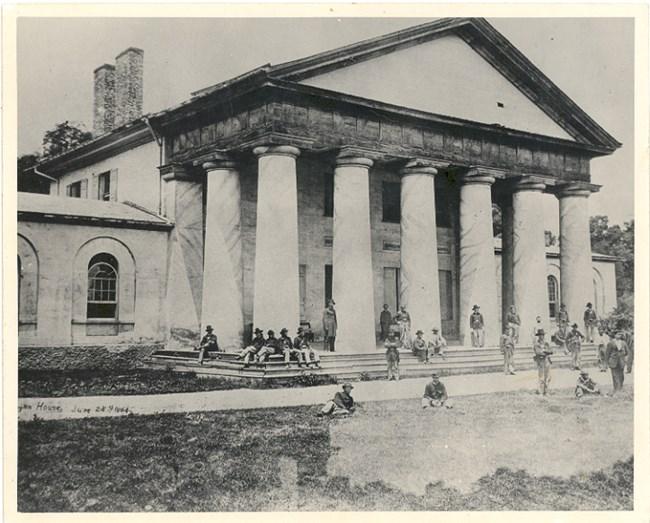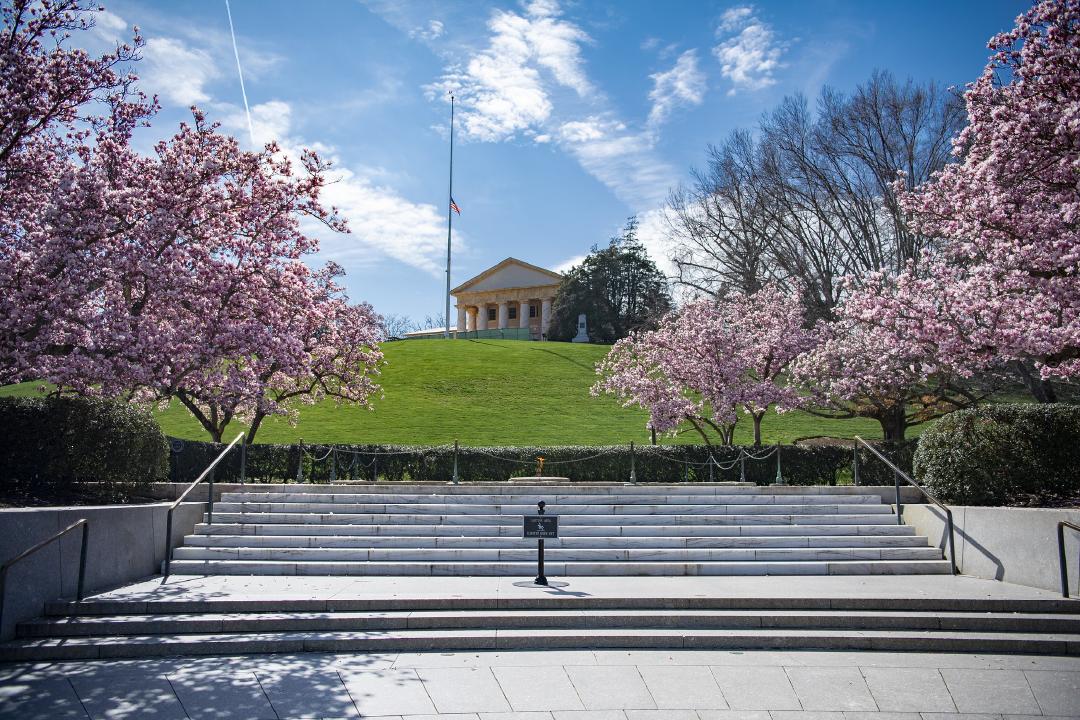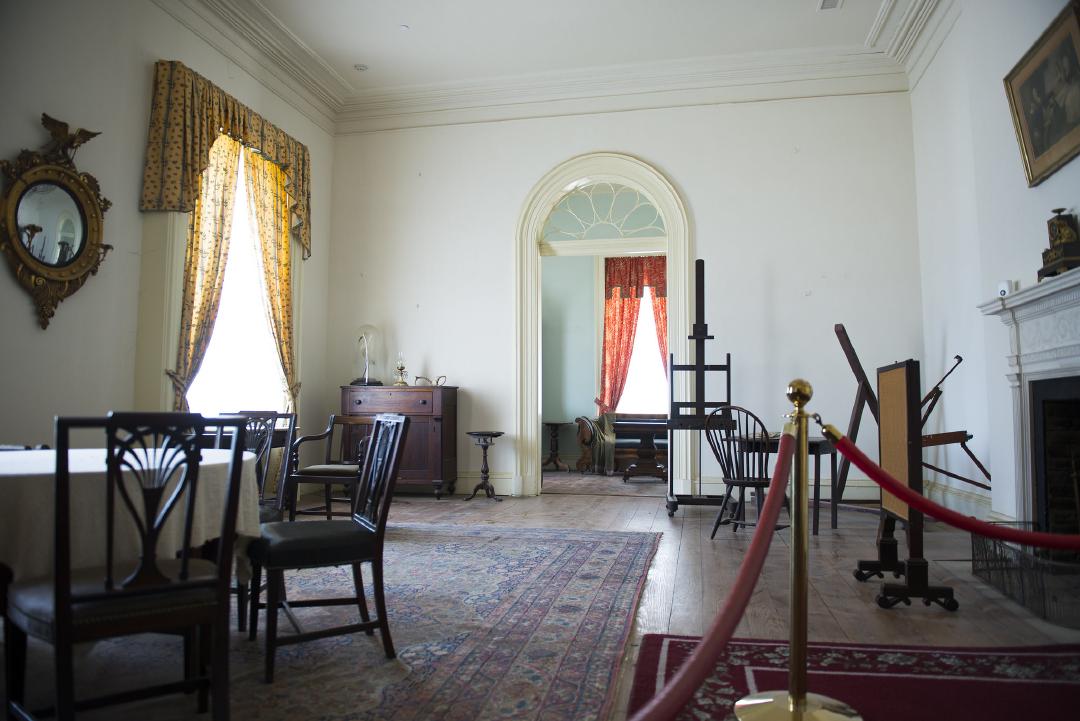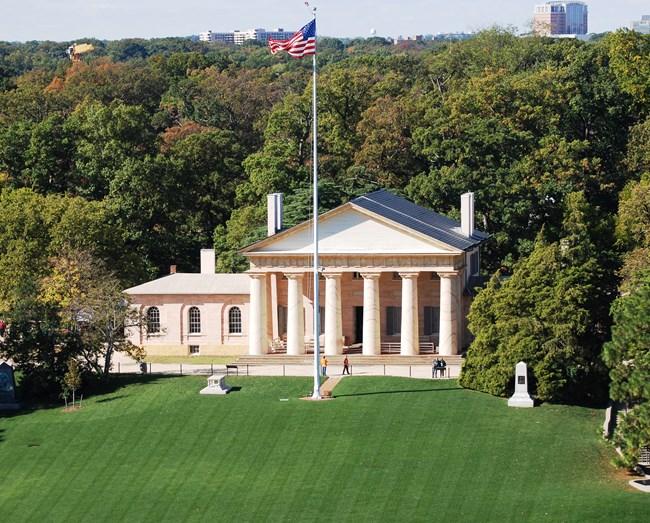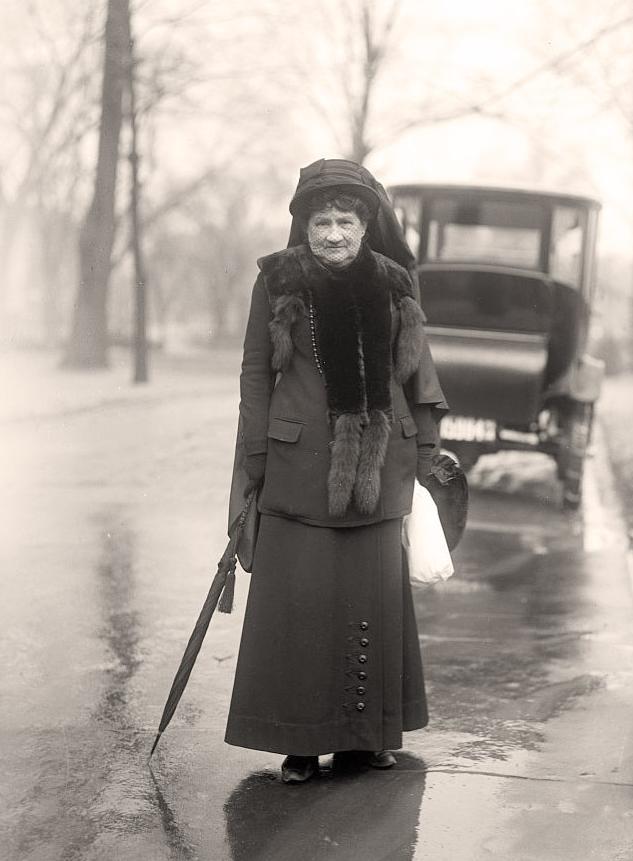Arlington House
Arlington House, constructed between 1808 and 1818 on the grounds of the Arlington National Cemetery, was the nation's first memorial to George Washington but was later dedicated to general Robert E. Lee.
In 1778, John Parke Custis, the son of Martha Washington and her first husband, Daniel Parke Custis, bought a piece of land measuring 1,100 acres in northern Virginia. The land was situated on rolling hills and had a view of Washington, D.C. After John's death, his son, George Washington Parke Custis, inherited the property in 1802 when it was then known as Mount Washington. George was the step-grandson of the first President of the United States, George Washington.
In 1802, he decided to build a large house on the property, both as a home and as a place to display his extensive collection of George Washington memorabilia, such as furniture, silver, china, and family portraits.
The mansion, called "The Arlington House," was designed by English architect George Hadfield and built by enslaved African-Americans. It was the first example of the Greek Revival style on American soil, which became very popular in the American South.
The steep slope to the east of the house was developed into a beautiful English landscape park, while in the area south of the home, there was a large flower garden with an arbor.
George Washington Parke Custis and his wife, Mary Lee Fitzhugh, lived at Arlington House until their deaths. Their only child, Mary Anna Randolph Custis, inherited the mansion. She was married to Robert E. Lee, who would later become the commander of the Confederate Army during the Civil War.
Mary Anna Custis also inherited the Custis estate, along with 196 enslaved persons, who lived and worked on the plantation.
Soon after the start of the Civil War in 1861, the Lees left Arlington House, never to return. As it was located on a strategic hill across from the nation's capital, the U.S. Army occupied the estate, establishing a camp on its grounds and using the mansion as its headquarters. Union troops also constructed two forts on the property, including Fort Whipple (now Fort Myer) and Fort McPherson. Towards the end of the war, the federal government confiscated the estate on the grounds of unpaid taxes.
Meanwhile, the war's death toll rapidly filled cemeteries in the area. The quartermaster general of the U.S. Army, General Montgomery C. Meigs, believed that graves on the Arlington House grounds would deter the Lees from ever returning there, so he designated the property as a military cemetery.
Meigs himself was later buried within 100 yards of Arlington House.
Throughout the war, the Arlington estate also supported thousands of African-Americans fleeing enslavement in the South. In 1863, the federal government built a planned community for formerly enslaved people on the southern portion of the property called Freedman's Village. The community housed up to 3,000 formerly enslaved people, who lived in rental houses and farmed the surrounding land. It also had a hospital, two churches, schools, and a home for the elderly. The community lasted until 1900, when the land was incorporated into the newly established "Arlington National Cemetery."
Robert E. Lee and his wife never sought to recover control of their property. But in 1874, their eldest son, George Washington Custis Lee, sued for its return. Six years later, the U.S. Supreme Court ruled in his favor. However, Lee was no longer interested in living there, and in March 1883, the federal government purchased the property from Lee for $150,000.
In 1955, the U.S. Congress designated the manor as a permanent memorial to Robert E. Lee and named it the "Custis-Lee Mansion." The house was furnished and interpreted to the period when Lee lived there.
After undergoing its first renovation from 1925 from 2007 to 2013, Arlington House was rededicated by the US Park Service in a ceremony held following the completion of the renovation and the return of the furnishings to the House.
Images
